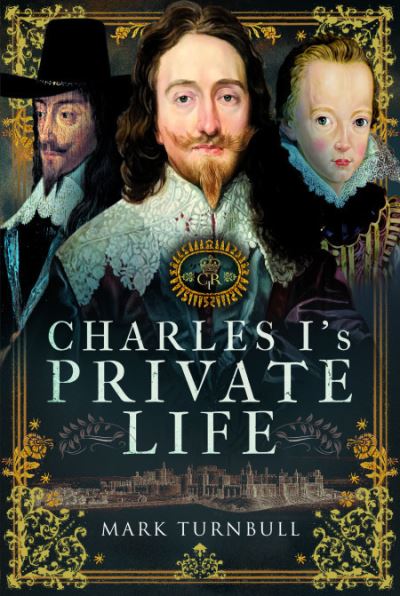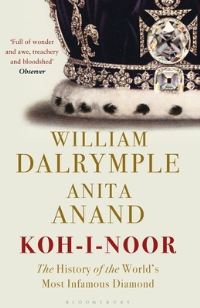Description
The execution of King Charles I is one of the well-known facts of British history, and an often-quoted snippet from our past. He lost the civil war and his head. But there is more to Charles than the civil war and his death. To fully appreciate the momentous events that marked the twenty-four years of his reign, and what followed, it’s important to understand the man who was at their epicentre. Both during his lifetime, and in the centuries since, opinion of Charles is often polarised; he is either Royal Martyr or Man of Blood. Amidst these extremes, what is frequently overshadowed is the man himself. Propaganda still clouds his personality, as do the events of his last seven years of life. The first half of his life has not been explored in detail. As a sickly second son of the first King of Great Britain, these years shed light on the development of Charles’s character. Key elements of his final days also remain lost to us, such as certain identification of his executioners. Investigating new evidence, an entirely new candidate is proposed. Persistent myths surrounding his health and supposed unwillingness to compromise are also addressed. There are many biographies, but this most intimate work draws upon fresh viewpoints and contemporary letters, some never before used. Penetrating the veil of monarchy and getting to the heart of the man through his relationships, the reader is brought closer than ever to the real Charles Stewart. A brave, principled and dutiful man, he was politically flawed and lacked the ruthlessness needed to steer his three kingdoms beyond the crossroads at which they arrived. Above all, he is a character who shares much in common with us all. “This is the story of the spare who became the heir: what shaped him – and what became of him. Mark Turnbull helps us understand Charles the king as Charles the man” Leanda de Lisle.





